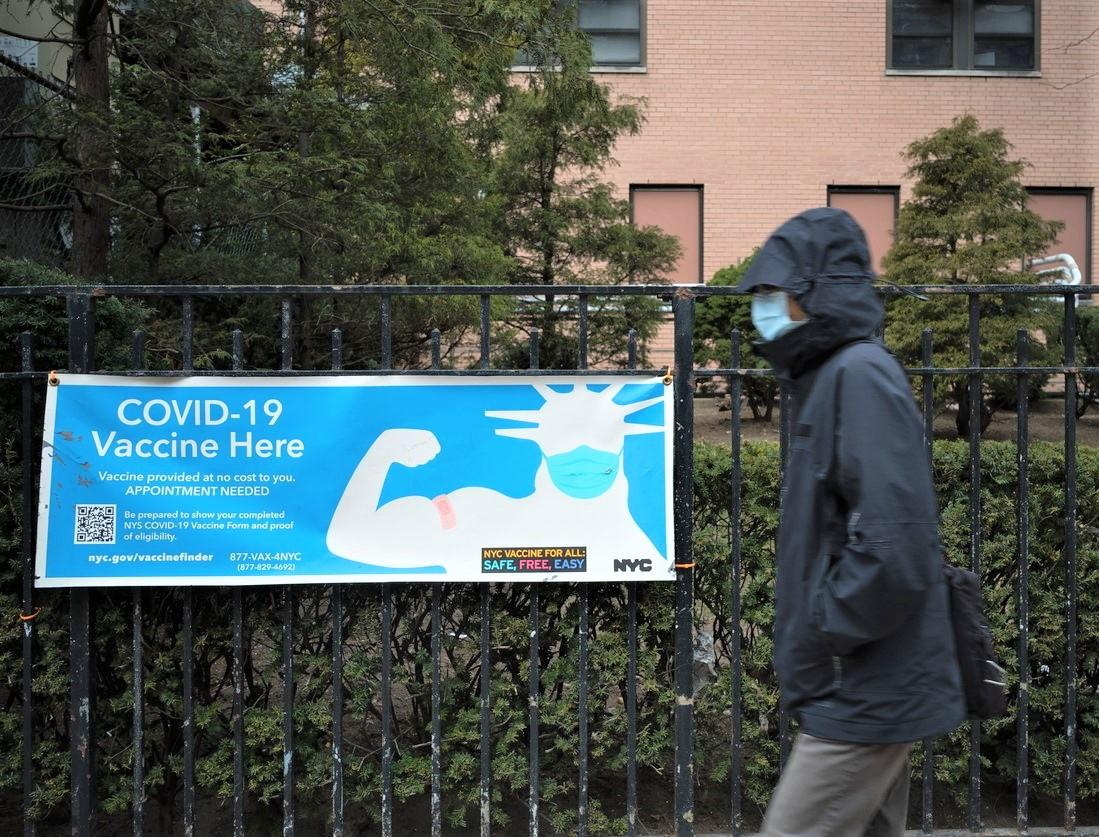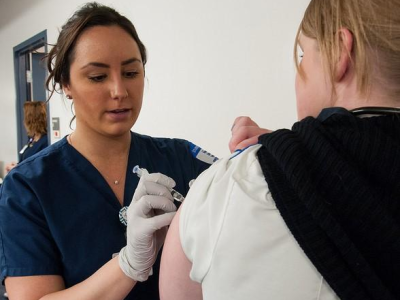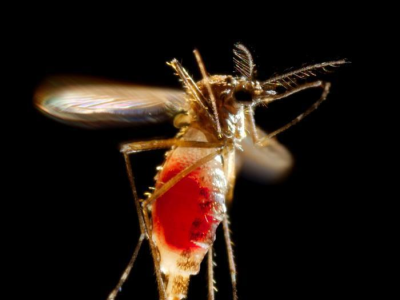Activity from the three main respiratory viruses continues to decline in the United States, with one of the main flu markers—outpatient visits for flulike illness—now below the national baseline for the first time since October, the Centers for Disease Control and Prevention (CDC) said today in its latest updates for flu, COVID, and respiratory syncytial virus (RSV).

Only one jurisdiction—North Dakota— reported high respiratory virus activity last week, down from six the previous week, the CDC said in its respiratory virus snapshot. No locations reported "very high" activity.
In its weekly FluView report, the CDC said activity is still elevated but continues to decline, with other indicators such as test positivity and hospitalizations also heading downward. Three areas of the country are still above their regional baselines for outpatient visits: the upper and central Midwest and the Northeast.
Five more pediatric flu deaths were reported, raising the season's total to 138. The deaths occurred between the middle of February and the end of March. Two were due to influenza A, and three were linked to influenza B.
COVID wastewater levels remain low
COVID data updates today from the CDC show declining trends for severity markers such as hospitalizations and deaths as well as for early indicators, which include emergency department visits and test positivity. Also, the CDC said wastewater SARS-CoV-2 detections remain low.
Also today, the CDC updated its SARS-CoV-2 variant proportions, which show that JN.1 is still dominant, at 83.7%, with slowly rising proportions of one of its offshoots, JN.1.13. The proportion of JN.1.13 viruses rose from 6.5% to 9.1% over the past 2 weeks.














